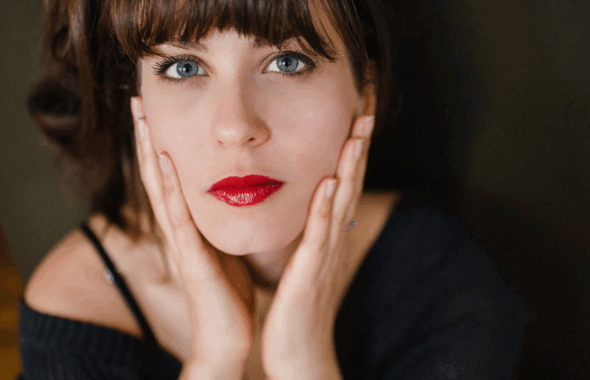
Johann Sebastian Bach (1685-1750)
Suite for orchestra n°2, BWV 1067 (ca 1738-1739) Non sa che sia dolore, BWV 209 – cantata (ca 1729)
François Couperin (1668-1733)
Les Nations (1726)
Sonade du troisième ordre « L’Impériale » Passacaille du deuxième ordre « l’Espagnole »
André Campra (1660-1744)
Les Fêtes vénitiennes (1710) – extract
L’Europe galante (1697) – extract
Giovanni Battista Pergolesi (1710-1736)
Orfeo, P.115 – cantata (ca 1735)
Florie Valiquette Soprano
Les Talens Lyriques
Christophe Rousset Direction and harpsichord
Johann Sebastian Bach (1685-1750) was unquestionably one of those “universal” composers who know no national boundaries, but play with the various musical styles of their time, shaping and crafting them to be in keeping with their own genius. In this multi-coloured programme, including music from several different European countries, Christophe Rousset presents the famous Cantor’s music in an original light.
Thus, Bach’s Suite No. 2 for flute, strings and basso continuo, BWV 1067, with its overture and dance suite in the French style, and the secular cantata BWV 209, setting the Italian text Non so che sia dolore, frame another marvellous cantata for solo soprano, Orfeo, by the Italian Giovanni Battista Pergolesi (1710-1736), and excerpts from works by two French masters of the art of “les gouts-réunis”, François Couperin (1668-1733) and André Campra (1660-1744). These excerpts illustrate in turn the purity of Germanic counterpoint, the lightness of Italian vocal music, and the nobility of Spain, with the Sonade of “L’Impériale”and the Passacaille of “L’Espagnole”from Couperin’s famous collection Les Nations, and two arias by Campra, the one in Italian (“La farfalla intorno ai fiori”, from LesFêtes Vénitiennes) and the other in Spanish (“El esperar en amor”, from L’Europe galante). All of these works, composed during Bach’s lifetime, bear witness to the effervescence and enthusiasm that such confrontations of different national musical styles aroused among musicians and their audiences in Europe throughout the eighteenth century.
“There’s a real European dimension to this program: a German writing in a French or Italian style, a French person writing in an Italian style, etc. It’s a true European melting pot, which shows that at the time, the borders weren’t tightly closed at all, and music circulated quite a bit.”
– Christophe Rousset